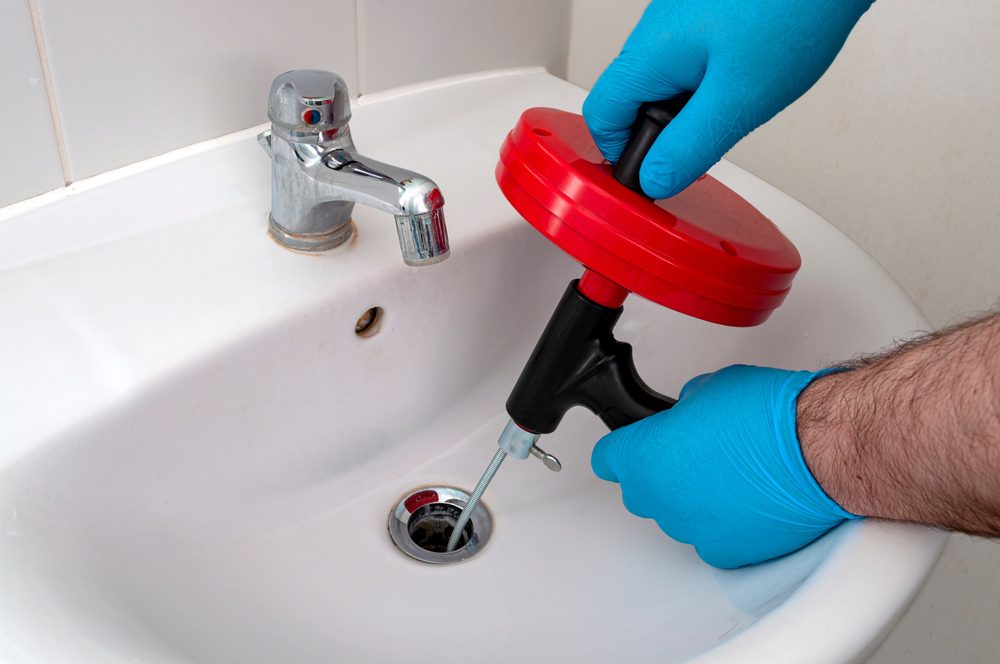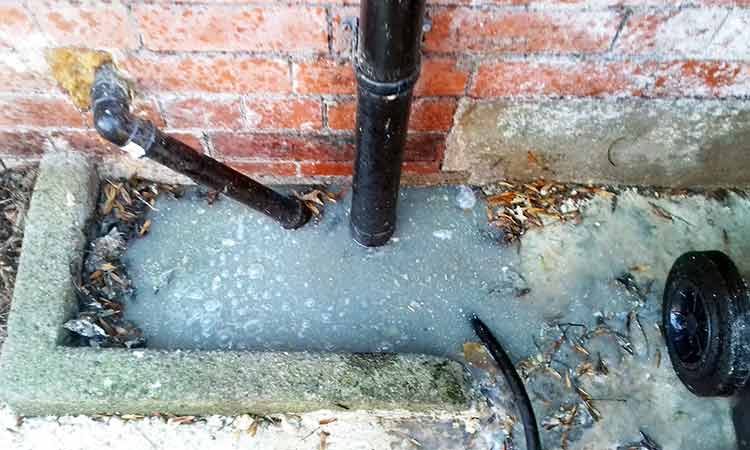What are your opinions on 8 Tips For Clearing A Blocked Drain?

Introduction
Dealing with an obstructed drainpipe can be a frustrating experience, interfering with daily tasks and possibly causing damage to your building. Nevertheless, prior to connecting to plumbing professionals, there are actions you can take to attend to the problem yourself. In this overview, we'll discover do it yourself options and preventive measures to tackle an obstructed drainpipe effectively.
Recognizing the Issue
The primary step in attending to a blocked drainpipe is recognizing the signs. Slow drainage, gurgling sounds, foul odors emanating from drains, or water backing up prevail indications of an obstructed drainpipe. Recognizing these signs early can aid prevent better problems.
Selecting the Right Plumbing Service
When selecting a pipes solution, take into consideration factors such as experience, licensing, and customer evaluations. Pick a reliable plumber with a track record of high quality workmanship and transparent pricing techniques.
Cost Considerations
The expense of expert drain cleaning services can differ depending on the severity of the obstruction and the plumber's rates. Demand quotes from multiple service providers and ask about any kind of surcharges to guarantee transparency and prevent surprises.
Safety Measures
When trying do it yourself drainpipe cleaning, focus on safety. Put on protective gloves and glasses to avoid contact with damaging chemicals or microorganisms. Never blend different drain cleaning items, as this can create dangerous fumes.
Instance Researches
Real-life examples illustrate the efficiency of do it yourself services and the importance of timely expert treatment in fixing drainpipe obstructions.
Typical Sources Of Obstructed Drains
Comprehending the aspects that add to drain pipes blockages is crucial for reliable resolution. Usual perpetrators consist of hair, soap residue, grease, food debris, and foreign objects like hygienic items or paper towels. Tree roots invading below ground pipes can additionally trigger considerable blockages.
DIY Solutions
For minor obstructions, numerous do it yourself options can be effective. Pouring boiling water down the drain can aid dissolve grease and debris. Sodium bicarbonate and vinegar or a combination of salt and baking soft drink can serve as natural cleaners. Making use of a plunger or plumbing snake to displace blockages is one more option.
Devices and Equipment
Having the right tools handy can make DIY drain cleaning more reliable. A plunger is a versatile device for removing blockages in sinks, toilets, and showers. A pipes serpent or auger can reach deeper clogs, while drain cleansing chemicals can be utilized carefully for persistent blockages.
Safety nets
To avoid future obstructions, adopting preventive measures is vital. Set up drainpipe guards or strainers to catch hair and particles before they enter the pipes. Routinely flush drains with warm water to liquify oil build-up, and avoid dealing with grease or solid waste away.
When to Call an Expert
While do it yourself remedies can deal with small obstructions, specific signs show the need for expert help. Relentless obstructions, foul odors despite cleaning initiatives, or several drains backing up simultaneously are red flags that call for expert intervention.
Verdict
By following the pointers described in this guide, you can effectively deal with obstructed drains and stop future plumbing concerns. Whether opting for do it yourself options or looking for expert help, prompt activity is vital to maintaining a healthy pipes system and maintaining the honesty of your home.
How to Clear a Clogged Drain Yourself (And When to Call In the Professionals)
What Can Clog a Drain
- Dirt
- Skin flakes
- Hair
- Grease
- Soap scum
- Food
- Offset pipes
- Tree roots
- Small objects
- Mineral buildup
DIY Tricks to Unclog a Drain
You can fix this! Once you have identified the source of the clog (or have a vague idea), you can try one or a combination of these fixes in order to clear your plumbing.
Wire Hanger or Snake
Untangle and clear out hair from a drainpipe with a homemade snake. Use a straightened-out wire hanger with a 90-degree angle hook to locate the clog and drag out any unwanted material.
Remember not to push the clog further down to where the wire hanger cannot reach! If you need to follow up with a plunger, give it a try. Your efforts might be more successful after it’s been wire-snaked.
If you want to get fancy and don’t have a wire hanger to spare, head to the store and pick up a hand-operated drain snake. You can get one for $10-$30. It may save you the hassle, and provide additional length to reach deep into the clogged pipe.
Plunger
A cup plunger has a suction cup attached to a wooden handle. The rubber creates a seal around the drain, and increases the pressure force of the plunger.
Plunge for 30-second increments to loosen the clog. This may need to be repeated over the course of 15-20 minutes. Once plunged, run the water to flush the remaining material out of the drain.
Remember– never use a plunger if you have used a chemical drain cleaner. These chemicals can splash up from the force of the plunger and cause serious injury or burns.
Boiling Water
Hot water can sometimes break up materials into a flushable amount. Dirt, grease, and soap buildup requires heat in order to unstick from surfaces.
Take your kitchen kettle and heat your water to a boil. Once it reaches a rolling boil, pour it directly down the drain into the blockage. Carefully follow with plunging, if necessary.
Don’t worry if this takes more than one try! It can often take multiple kettles and repeated plunging in order to clear a particularly stubborn clog.
Chemical Drain Cleaner
As a last resort, pick up a bottle of chemical drain cleaner. Drain-cleaning chemicals are potent, and not very good for the environment.
You may need to wear protective eyewear in gloves before handling your bottle of chemical drain cleaner. Follow the instructions printed on the bottle, and flush with water as soon as the instructions allow. Do not follow with plunging.
Baking Soda and Vinegar
As a safer alternative to chemical drain cleaner, baking soda and vinegar can create a chemical reaction that clears tough clogs.
Combine one cup of cleaning vinegar with one cup of boiling water, and set aside. Once you have done this, pour half a cup of baking soda down the drain. Give the baking thirty seconds to settle and cover a large portion of the problem drain.
Following the baking soda, pour down your vinegar and hot water solution. Once the vinegar and baking soda combine, the mixture will bubble and fix. Let this reaction fizzle in the drain for about an hour.
After an hour, follow with a kettle’s worth of hot water. The heat and liquid should flush out any remaining material.
When to Call a Plumber
If your DIY attempts haven’t cleared your clog drain, it’s time to call in a professional. It’s not worth losing access to your kitchen sink or high-traffic bathroom. A clog in a vital area can keep you from the things you’d rather be doing, and derail your routine.
Anytime a clog is causing water to spread is a time to call in a plumbing service. What starts out as a little bit of water can quickly grow into serious, expensive water damage.
Additionally, a serious clog can result in burst pipes or serious leaks. Make sure you know when to take it seriously!
https://myguysnow.com/how-to-clear-a-clogged-drain-yourself-and-when-to-call-in-the-professionals/

We had been guided to that report on Some easy tips to fix blocked drains through a buddy on a different domain. Sharing is caring. Helping people is fun. Many thanks for taking the time to read it.
Book Today
Comments on “Ways to Deal with a Blocked Drain Prior to Calling Expert Help”